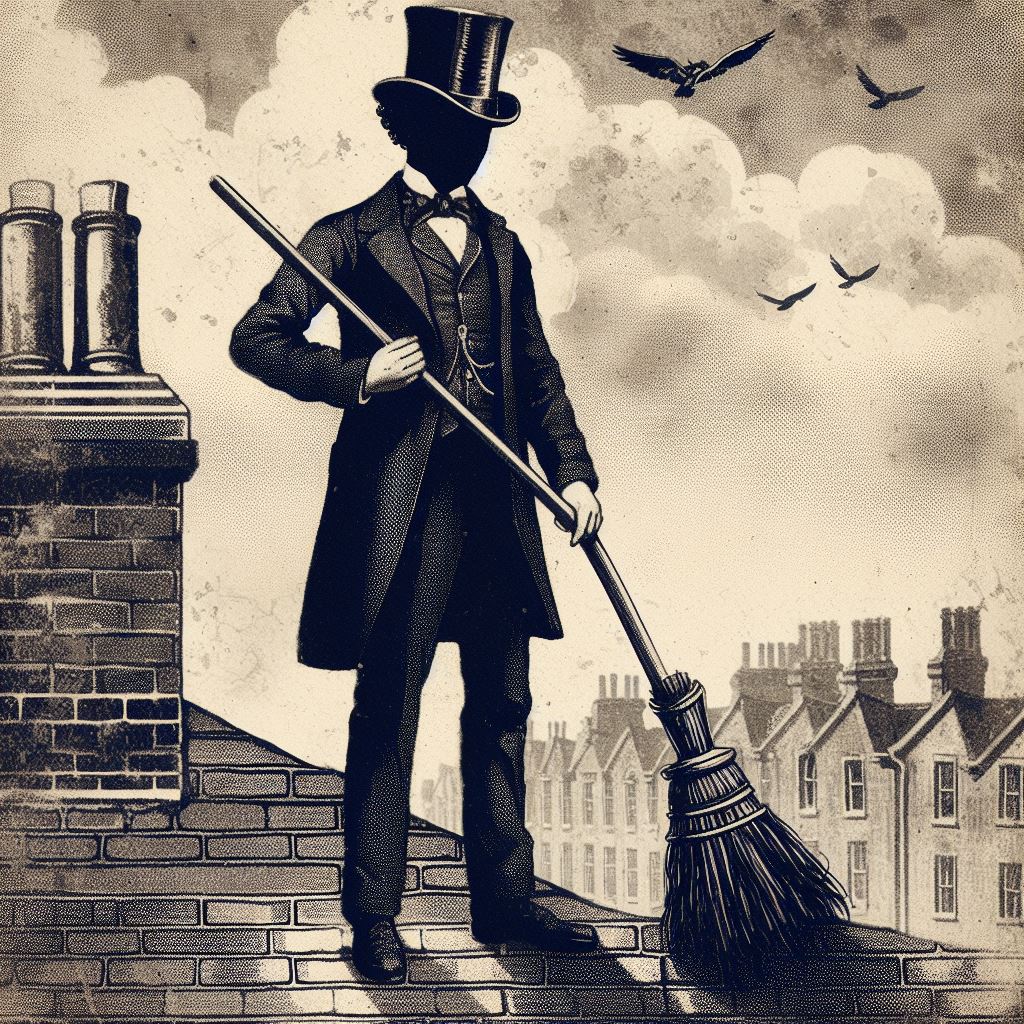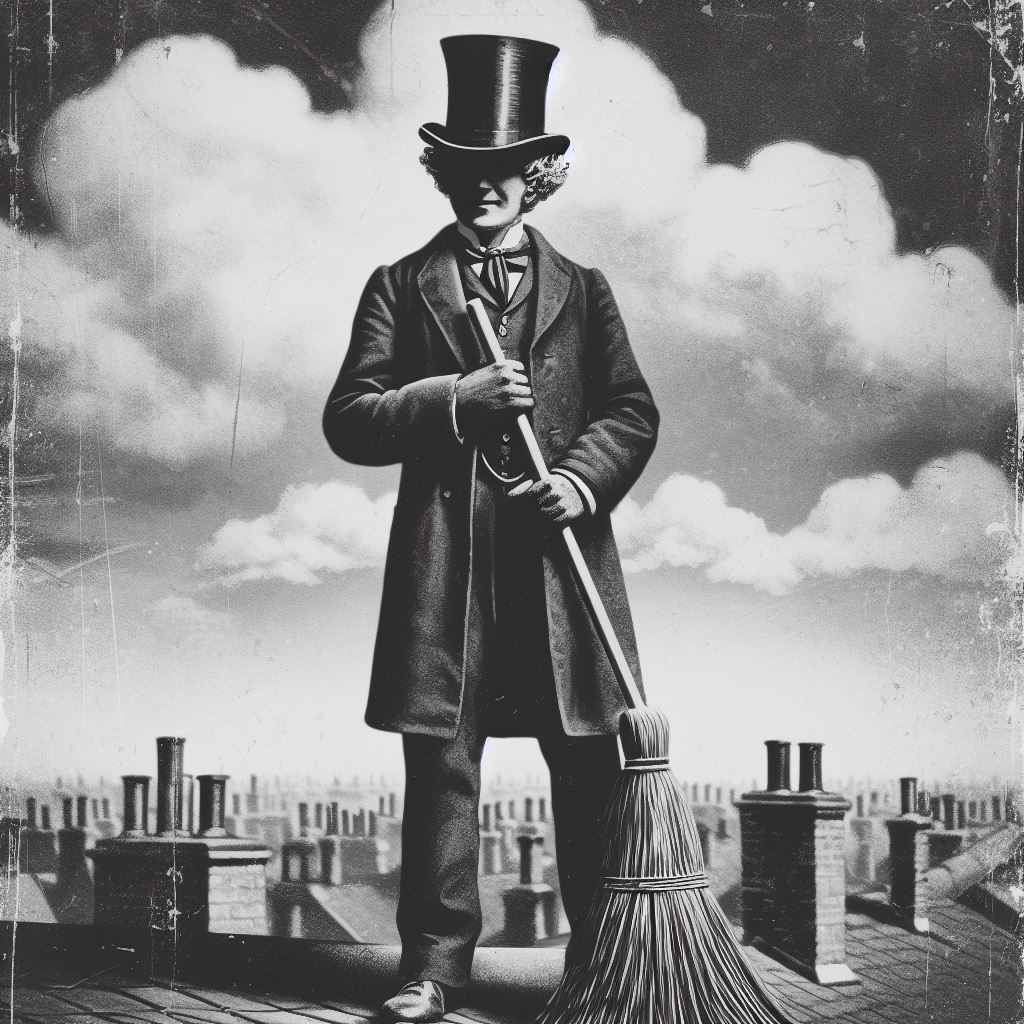

The Life of a Chimney Sweep 2024
In the modern world of HVAC ( Heating, ventilation, and air conditioning) systems and electric heating, it’s easy to forget the days when the warmth of a home was reliant on the crackling flames of a fireplace or stove.
Yet, even as these traditional heating methods have become less common, the need for chimney sweeps persists.
The profession, once romanticized in literature and folklore, remains a vital part of maintaining the safety and efficiency of our homes.
A Brief History
Chimney sweeping is an ancient trade, dating back centuries to when homes relied on open fires for cooking and warmth.
As early as the 16th century, chimney sweeps became a fixture of urban life, tasked with the dangerous job of cleaning soot and creosote from the flues of chimneys.
In many cases, these sweeps were young children, often orphans or from impoverished backgrounds, who were apprenticed to master sweeps.
The Industrial Revolution saw a boom in chimney construction, as factories and mills added chimneys to expel smoke and fumes. This led to an increased demand for chimney sweeps, who faced perilous conditions climbing and cleaning these industrial stacks.
The Modern Chimney Sweep
While the image of a young boy covered in soot may be a thing of the past, the profession of chimney sweeping is still very much alive today. However, it has evolved significantly to meet modern chimney standards of safety and efficiency.
Modern chimney sweeps undergo extensive training and certification to ensure they have the skills and knowledge to properly inspect and clean chimneys. They use specialized tools and equipment, such as chimney brushes and vacuums, to remove soot, debris, and creosote from the flue.
Additionally, they perform inspections to identify any potential issues, such as cracks or blockages, that could pose a risk to the home.
The Importance of Chimney Maintenance
Regular chimney maintenance is crucial for several reasons. Firstly, a clean chimney promotes better air quality within the home by preventing the buildup of harmful gases like carbon monoxide.
Secondly, it reduces the risk of chimney fires, which can occur when creosote a highly flammable substance produced by burning wood accumulates in the flue. Lastly, proper chimney maintenance can extend the lifespan of the chimney and heating appliance, saving homeowners from costly repairs or replacements.
Environmental Considerations
In an era increasingly focused on sustainability and environmental responsibility, the use of wood-burning appliances has come under scrutiny.
While wood is a renewable energy source, the combustion process releases carbon dioxide and other pollutants into the atmosphere.
However, modern wood-burning appliances are designed to be more efficient, producing less smoke and emissions than older models.
Additionally, some homeowners are turning to alternative heating sources, such as pellet stoves or gas inserts, which produce fewer emissions than traditional wood-burning fireplaces.
Conclusion
Though the role of the chimney sweep has evolved over time, its importance in maintaining safe and efficient heating systems remains unchanged.
From the days of climbing industrial chimneys to the modern era of certified inspections and cleanings, chimney sweeps continue to ensure that homes are warm, safe, and environmentally responsible.
So, the next time you light a fire on a cold winter’s night, take a moment to appreciate the forgotten craft of the chimney sweep, whose dedication keeps the flames burning bright.
In a world of modern conveniences, the chimney sweep stands as a testament to the enduring importance of skilled trades.
With meticulous attention to detail and a commitment to safety, these professionals ensure that the hearth remains the hearth of the home, warm and welcoming for generation to come.
